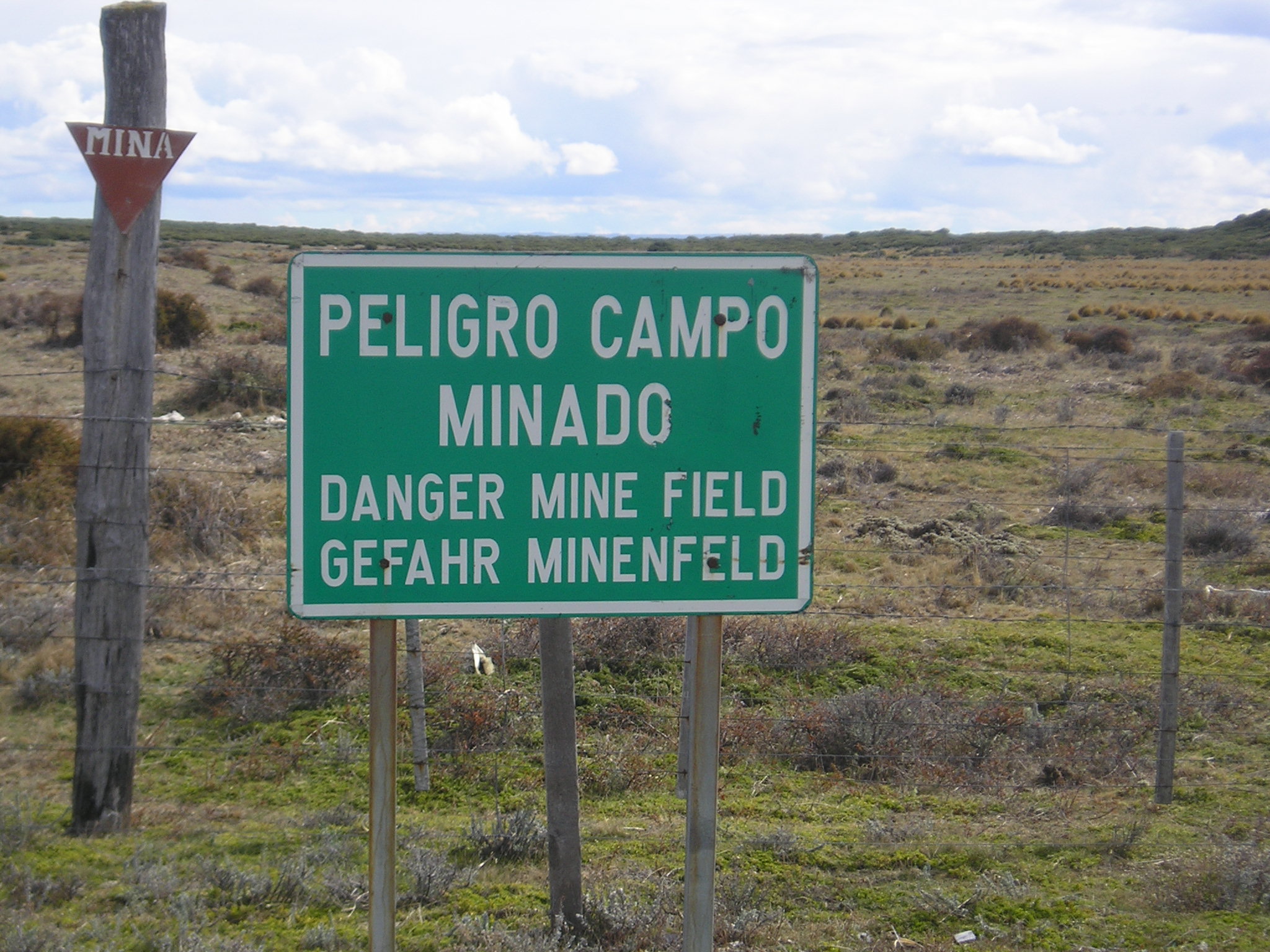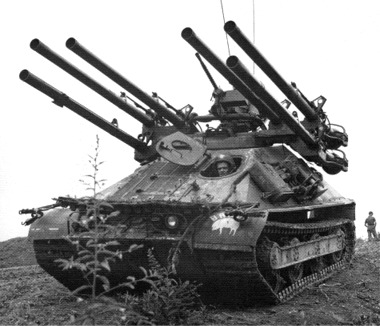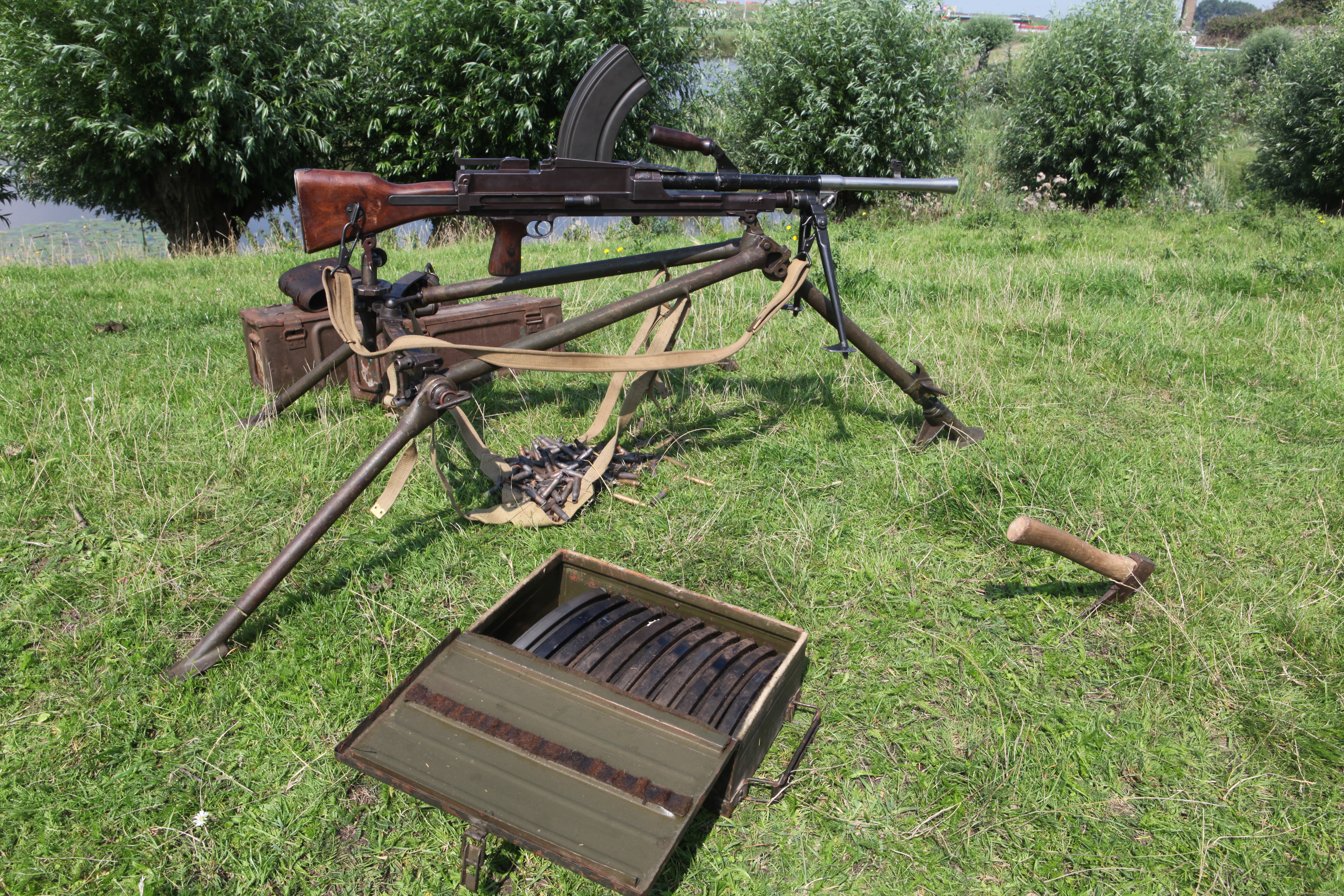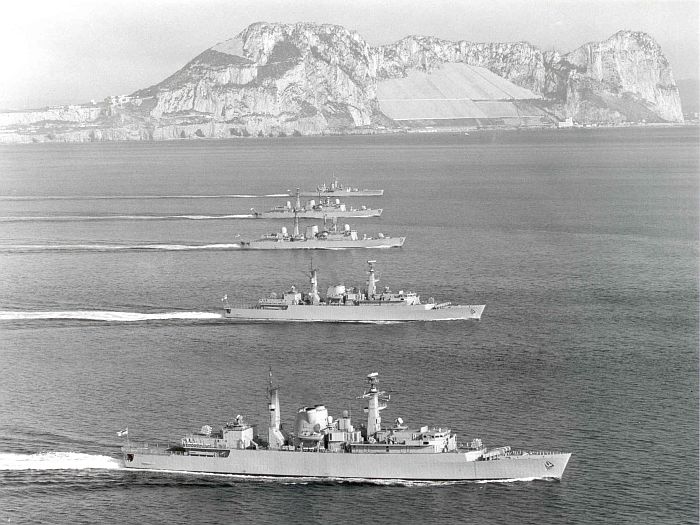|
Model 1968 Recoilless Gun
The Model 1968 recoilless gun is a 105-mm antitank weapon developed and employed by Argentina. The weapon has been in active service since 1968 and 150 were still operational with Argentine forces as of 2000. A similar weapon is the Argentine 105-mm Model 1974 FMK-1 recoilless gun. Description The Model 1968 is mounted on a towing carriage with wheels for transport and can be fired either with its wheels on or dismounted onto a tripod. Aiming is primarily done with the optical sight, but the weapon also includes a FAP (''fusil automatico pesado'', heavy automatic rifle) spotting rifle. Ammunition for the Model 1968 includes both an 11-kilogram high-explosive and a 15-kilogram high-explosive anti-tank (HEAT) round. The Model 1974 fires a 16.6-kilogram HE round with a muzzle velocity of 400 meters/second and a 14.7-kilogram HEAT round at 514 meters/second. The maximum range of the piece is 9,200 meters. Direct fire is limited to 1,800 meters using the optical sight with stadiame ... [...More Info...] [...Related Items...] OR: [Wikipedia] [Google] [Baidu] |
Recoilless Rifle
A Recoilless rifle (rifled), recoilless launcher (smoothbore), or simply recoilless gun, sometimes abbreviated to "rr" or "RCL" (for ReCoilLess) is a type of lightweight artillery system or man-portable launcher that is designed to eject some form of countermass such as propellant gas from the rear of the weapon at the moment of firing, creating forward thrust that counteracts most of the weapon's recoil. This allows for the elimination of much of the heavy and bulky recoil-counteracting equipment of a conventional cannon as well as a thinner-walled barrel, and thus the launch of a relatively large projectile from a platform that would not be capable of handling the weight or recoil of a conventional gun of the same size. Technically, only devices that use spin-stabilized projectiles fired from a rifling, rifled barrel are recoilless rifles, while smoothbore variants (which can be fin-stabilized or unstabilized) are recoilless guns. This distinction is often lost, and both are oft ... [...More Info...] [...Related Items...] OR: [Wikipedia] [Google] [Baidu] |
M9 Half-track
The M9 half-track was a half-track produced by International Harvester in the United States during World War II for lend-lease supply to the Allies. It was designed to provide a similar vehicle to the M2 half-track car. It had the same body and chassis as the M5 half-track (also built by International Harvester for lend-lease) but had the same stowage and radio fit as the M2 half-track. The M9 served for a significant amount of time. 3500 were produced by the end of World War II. It was used during World War II, the Arab-Israeli War of 1948, the Korean War, the Suez Crisis, the Vietnam War, the Six-Day War, and the Yom Kippur War. It had been used by eleven countries by the end of its service. Development The United States adopted half-tracks in large numbers as they could be built more quickly and cheaply by civilian vehicle producers than vehicles from the established armored vehicle manufacturers. The M2 half-track car had first been intended as an artillery tractor, but ... [...More Info...] [...Related Items...] OR: [Wikipedia] [Google] [Baidu] |
Recoilless Rifles
A Recoilless rifle (rifled), recoilless launcher (smoothbore), or simply recoilless gun, sometimes abbreviated to "rr" or "RCL" (for ReCoilLess) is a type of lightweight artillery system or man-portable launcher that is designed to eject some form of countermass such as propellant gas from the rear of the weapon at the moment of firing, creating forward thrust that counteracts most of the weapon's recoil. This allows for the elimination of much of the heavy and bulky recoil-counteracting equipment of a conventional cannon as well as a thinner-walled barrel, and thus the launch of a relatively large projectile from a platform that would not be capable of handling the weight or recoil of a conventional gun of the same size. Technically, only devices that use spin-stabilized projectiles fired from a rifling, rifled barrel are recoilless rifles, while smoothbore variants (which can be fin-stabilized or unstabilized) are recoilless guns. This distinction is often lost, and both are oft ... [...More Info...] [...Related Items...] OR: [Wikipedia] [Google] [Baidu] |
Artillery Of Argentina
Artillery consists of ranged weapons that launch Ammunition, munitions far beyond the range and power of infantry firearms. Early artillery development focused on the ability to breach defensive walls and fortifications during sieges, and led to heavy, fairly immobile siege engines. As technology improved, lighter, more mobile field artillery cannons were developed for battlefield use. This development continues today; modern self-propelled artillery vehicles are highly mobile weapons of great versatility generally providing the largest share of an army's total firepower. Originally, the word "artillery" referred to any group of soldiers primarily armed with some form of manufactured weapon or armour. Since the introduction of gunpowder and cannon, "artillery" has largely meant cannon, and in contemporary usage, usually refers to Shell (projectile), shell-firing Field gun, guns, howitzers, and Mortar (weapon), mortars (collectively called ''barrel artillery'', ''cannon artil ... [...More Info...] [...Related Items...] OR: [Wikipedia] [Google] [Baidu] |
National Navy Of Uruguay
The National Navy of Uruguay () is a branch of the Armed Forces of Uruguay under the direction of the Ministry of National Defense and the commander in chief of the Navy (''Comandante en Jefe de la Armada'' or COMAR). History Independence Under the late Spanish Empire, Montevideo became the main naval base (''Real Apostadero de Marina'') for the South Atlantic, with authority over the Argentine coast, Fernando Po, and the Falklands. The arrival of 100 ships under Viceroy Pedro de Cevallos in 1777 was the beginning of the city's prosperity. The Uruguayan navy, however, dates its origin from General Artigas's letter of marque on 15 November 1817, which authorized his forces to plunder Portuguese shipping wherever they found it. Portuguese forces from Brazil had invaded Uruguay (then known as Banda Oriental) in August 1816. Under the nominal leadership of the Pedro Campbell, the Irish "Gaucho Admiral", around 50 privateer schooners and brigs (including ''República Oriental'' ... [...More Info...] [...Related Items...] OR: [Wikipedia] [Google] [Baidu] |
Argentine Army
The Argentine Army () is the Army, land force branch of the Armed Forces of the Argentine Republic and the senior military service of Argentina. Under the Argentine Constitution, the president of Argentina is the commander-in-chief of the Armed Forces. Command authority is exercised through the Ministry of Defense (Argentina), Minister of Defense. The Army's official foundation date is May 29, 1810 (celebrated in Argentina as the ''Army Day''), four days after the May Revolution, Spanish colonial administration in Buenos Aires was overthrown. The new national army was formed out of several pre-existing colonial militia units and locally manned regiments; most notably the Regiment of Patricians, Infantry Regiment "Patricios", which to this date is still an active unit. History Several armed expeditions were sent to the Upper Peru (now Bolivia), Paraguay, Uruguay and Chile to fight Spanish forces and secure Argentina's newly gained Argentine Declaration of Independence, independe ... [...More Info...] [...Related Items...] OR: [Wikipedia] [Google] [Baidu] |
Operation Soberanía
Operación Soberanía (Operation Sovereignty) was a planned Argentine military invasion of territory disputed with Chile, and ultimately possibly of Chile itself, due to the Beagle conflict. The invasion was initiated on 22 December 1978 but was halted after a few hours and Argentine forces retreated from the conflict zone without a fight. Whether the Argentine infantry actually crossed the border into Chile has not been established. Argentine sources insist that they crossed the border. In 1971, Chile and Argentina had agreed to binding arbitration by an international tribunal, under the auspices of the British Government, to settle the boundary dispute. On 22 May 1977 the British Government announced the decision, which awarded the Picton, Nueva and Lennox islands to Chile. On 25 January 1978 Argentina rejected the decision and attempted to militarily coerce Chile into negotiating a division of the islands that would produce a boundary consistent with Argentine claims. Date ... [...More Info...] [...Related Items...] OR: [Wikipedia] [Google] [Baidu] |
M50 Ontos
Ontos, officially the Rifle, Multiple 106 mm, Self-propelled, M50, was an American light armored tracked anti-tank vehicle developed in the 1950s. It mounted six 106 mm manually loaded M40 recoilless rifles as its main armament, which could be fired in rapid succession against single targets to increase the probability of a kill. Although the actual caliber of the main guns was 105 mm, it was designated 106 mm to prevent confusion with the ammunition for the 105 mm M27 recoilless rifle, which the M50 replaced. It was produced in limited numbers for the United States Marine Corps after the United States Army cancelled the project. The Marines consistently reported excellent results when they used the Ontos for direct fire support against infantry in numerous battles and operations during the Vietnam War. The American stock of Ontos was largely expended towards the end of the conflict and the Ontos was removed from service in 1969. Development The ''Ontos ... [...More Info...] [...Related Items...] OR: [Wikipedia] [Google] [Baidu] |
Bren Carrier
The Bren gun (Brno-Enfield) was a series of light machine guns (LMG) made by the United Kingdom in the 1930s and used in various roles until 1992. While best known for its role as the British and Commonwealth forces' primary infantry LMG in World War II, it was also used in the Korean War and saw service throughout the latter half of the 20th century, including the 1982 Falklands War. Although fitted with a bipod, it could also be mounted on a tripod or be vehicle-mounted. The Bren gun was a licensed version of the Czechoslovak ZGB 33 light machine gun which, in turn, was a modified version of the ZB vz. 26, which British Army officials had tested during a firearms service competition in the 1930s. The designer was Václav Holek, a gun inventor and design engineer. The later Bren gun featured a distinctive top-mounted curved box magazine, conical flash hider, and quick change barrel. In the 1950s, many Bren guns were re-barrelled to accept the 7.62×51mm NATO cartridge and mo ... [...More Info...] [...Related Items...] OR: [Wikipedia] [Google] [Baidu] |
M5 Half-track
The M5 half-track (officially the Carrier, Personnel, Half-track, M5) was an American armored personnel carrier in use during World War II. It was developed in 1942 when existing manufacturers of the M2 half-track car, and M3 half-track could not keep up with production demand. International Harvester (IH) had capacity to produce a similar vehicle to the M3, but some differences from the M3 had to be accepted due to different production equipment. IH produced the M5 from December 1942 to October 1943. Using the same chassis as their M5, IH could produce an equivalent to the M2, which was the M9 half-track. There were also variants of the M13 and M16 MGMCs based on the M5. The M13 and M16 were exported to the United Kingdom and to Soviet Union respectively. The M5 was supplied to Allied nations (the British Commonwealth, France, and the Soviet Union) under Lend-Lease. After WWII, the M5 was leased to many NATO countries. The Israel Defense Forces used it in several wars and dev ... [...More Info...] [...Related Items...] OR: [Wikipedia] [Google] [Baidu] |
Falklands War
The Falklands War () was a ten-week undeclared war between Argentina and the United Kingdom in 1982 over two British Overseas Territories, British dependent territories in the South Atlantic: the Falkland Islands and Falkland Islands Dependencies, its territorial dependency, South Georgia and the South Sandwich Islands. The conflict began on 2 April 1982, when 1982 invasion of the Falkland Islands, Argentina invaded and Occupation of the Falkland Islands, occupied the Falkland Islands, followed by the invasion of South Georgia the next day. On 5 April, the British government dispatched a British naval forces in the Falklands War, naval task force to engage the Argentine Navy and Argentine Air Force, Air Force before making an Amphibious warfare, amphibious assault on the islands. The conflict lasted 74 days and ended with an Argentine Argentinian surrender in the Falklands War, surrender on 14 June, returning the islands to British control. In total, 649&nbs ... [...More Info...] [...Related Items...] OR: [Wikipedia] [Google] [Baidu] |
International Harvester Company
The International Harvester Company (often abbreviated IH or International) was an American manufacturer of agricultural and construction equipment, automobiles, commercial trucks, lawn and garden products, household equipment, and more. It was formed from the 1902 merger of McCormick Harvesting Machine Company and Deering Harvester Company and three smaller manufacturers: Milwaukee; Plano; and Warder, Bushnell, and Glessner (manufacturers of the Champion brand). Its brands included McCormick, Deering, and later McCormick-Deering, as well as International. Along with the Farmall and Cub Cadet tractors, International was also known for the Scout and Travelall vehicle nameplates. In the 1980s all divisions were sold off except for International Trucks, which changed its parent company name to Navistar International (NYSE: NAV). Given its importance to the economies of rural communities the brand continues to have a cult following. The International Harvester legacy non-prof ... [...More Info...] [...Related Items...] OR: [Wikipedia] [Google] [Baidu] |







